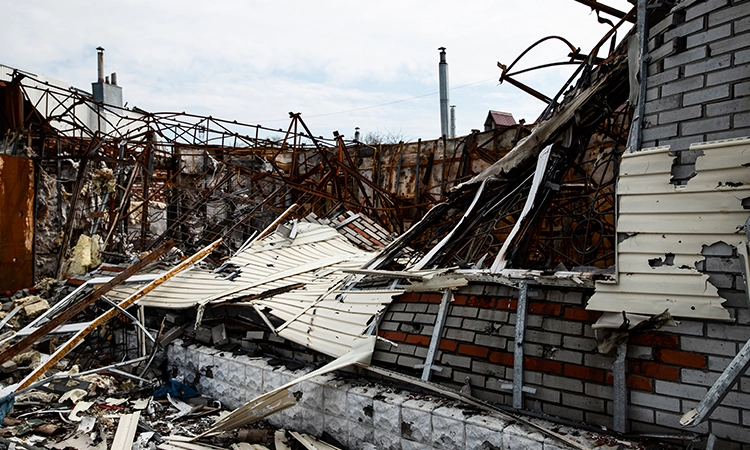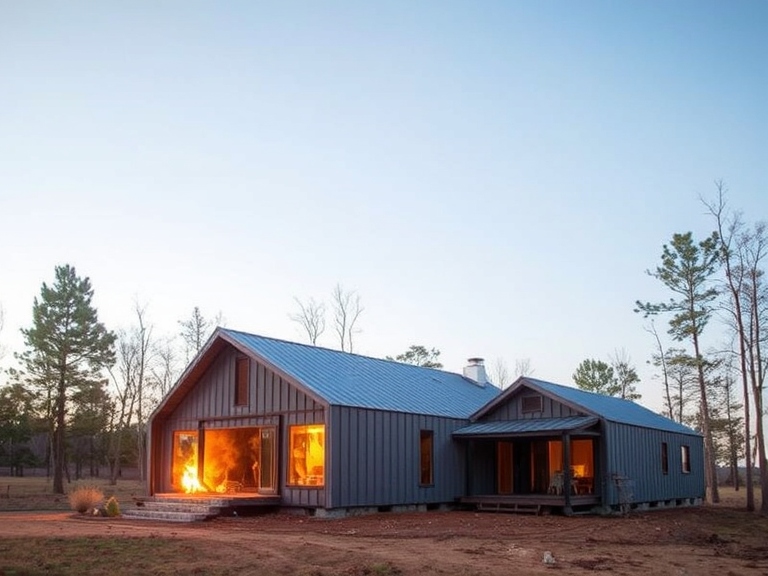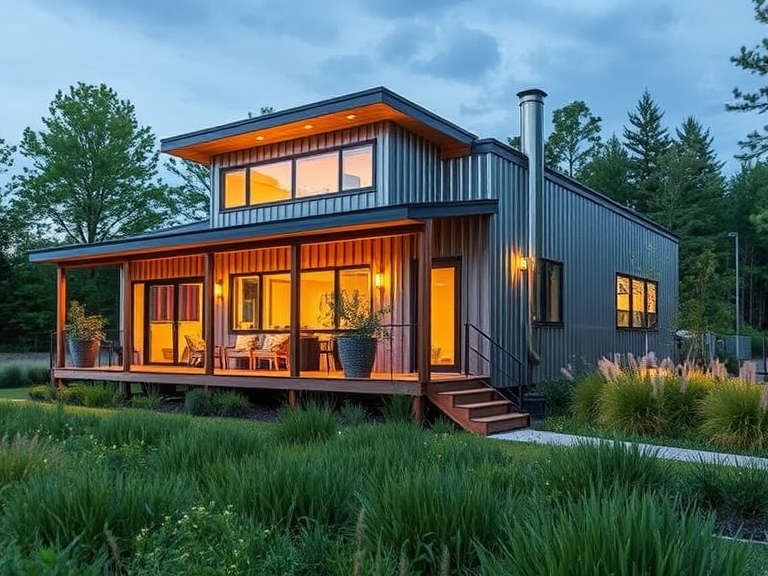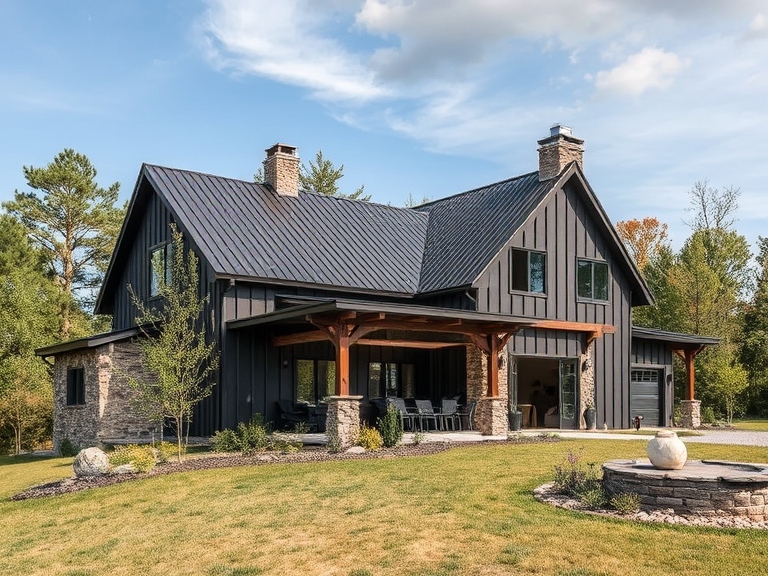Wink Panels®™
Patent Pending
100% Steel Homes
Structures that last Forever
Tornado Proof Homes
Unmatched Strength and Durability Steel is renowned for its strength. Unlike wood, which can splinter and shatter, steel bends but does not break. This characteristic is crucial during a tornado, where winds can exceed 300 miles per hour.

How to Buy More Time
In 2023, fire-related damages in the United States were substantial. Residential fires alone resulted in property losses totaling approximately $14.8 billion (NFPA). This figure includes direct property damage and reflects the severe financial impact of fires on homes across the nation.
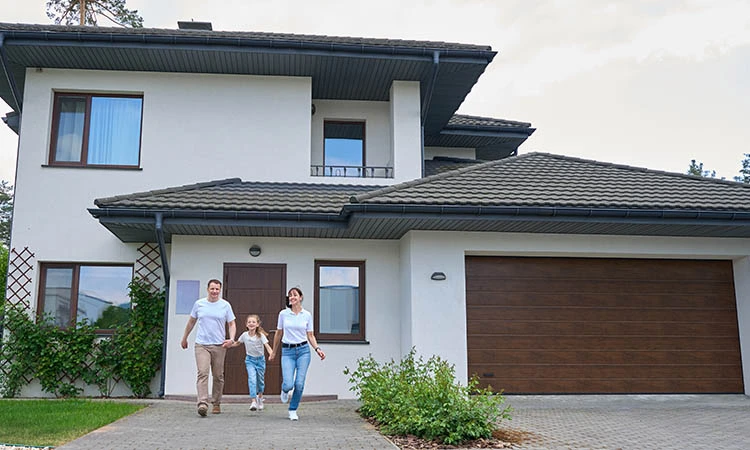
Secure Your Family
Secure your family with Wink Panels, offering unmatched strength and durability. Our 100% steel homes provide exceptional protection against extreme weather and fires. Trust in Wink Panels for peace of mind and a safer home environment.
Wink Panels®™ Video
Bringing a Solution to a Multi Billion Dollar Problem
Maximizing Design Potential with Wink Corrugated Panels®™
Unlocking Versatile, Durable, and Sustainable Modern Architecture
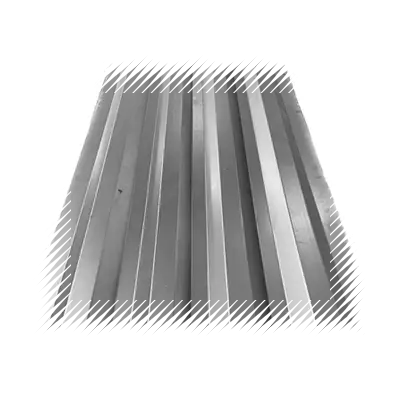
The Wink Corrugated Wall Design
Our innovative design harnesses the power of corrugated shapes to create walls that are incredibly strong. These walls are built to withstand even the fiercest winds.
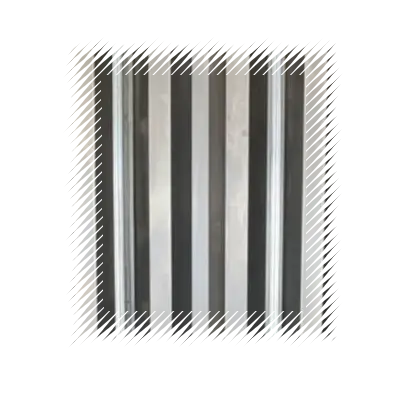
Top and Bottom Support Plates Making an I-Beam Shape
Imagine an I-Beam wall that stands tall and strong, with every detail carefully designed for maximum support and stability. From the foundation to the top, this wall is built to last. Its top and bottom plates work together like a well-coordinated team.

Enhanced Insulation
Wink Corrugated Walls are revolutionizing the way we think about insulation. With their wider exterior flat bar plates, these walls offer a unique opportunity to maximize energy efficiency and thermal performance.
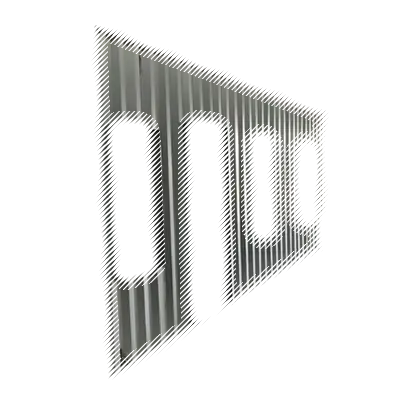
Seamless Continuous Panels
Our walls flow seamlessly from one end to the other, effortlessly transforming any space they grace. Each panel is meticulously crafted to ensure a flawless installation, making it feel like a work of art.
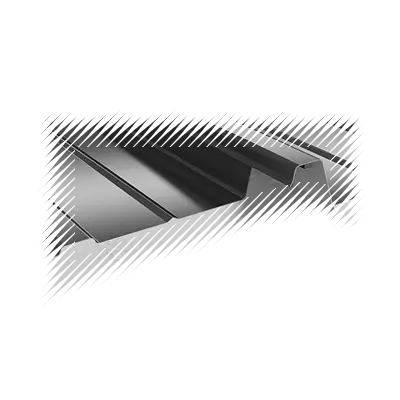
Integrated Ceiling and Roof Panels
Ceiling and roof panels are created in sections in our manufacturing plant and attached to the top plate during assembly. Steel sheeting, supported by ceiling joists, creates a robust exterior wall and ceiling.
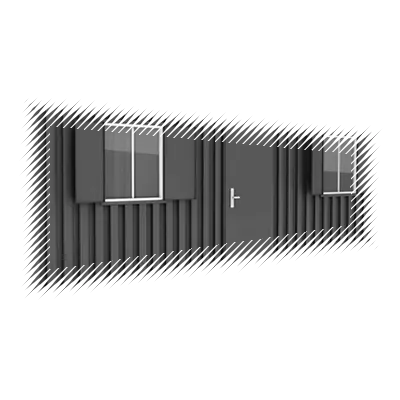
Strength greater than corrugated walls on shipping containers, retaining walls, corrugated roofing & corrugated steel culverts
Wink Panels are engineered to endure the toughest conditions—not simply by replicating shipping container strength, but by surpassing it. Our advanced panel design, reinforced with high-strength materials, offers exceptional resistance to extreme weather events, including powerful tornadoes, hurricanes, fires, earthquakes, and floods inspired by corrugated steel and metal I-beams.
USA - Tornadoes Per Year
Billion Dollars of Tornado Damage Each Year
Thousand homes experience fires annually
Billion Dollars of Fire Damage Each Year
Request a Quote
Our Latest news
Discover the Safety Benefits of Fireproof Steel Homes | Wink Panels LLC
Your family’s safety comes first, and fireproof steel homes deliver unmatched protection. One...
Discover Eco-Friendly Steel Homes | Sustainable Living Starts Here
An eco-friendly lifestyle begins at home—and steel homes make sustainability effortless. For...
Make Your Steel Home Truly Yours with Wink Panels LLC
Your home should reflect your style, and steel homes offer endless opportunities to make that...

